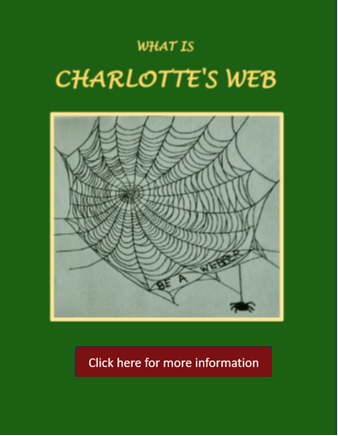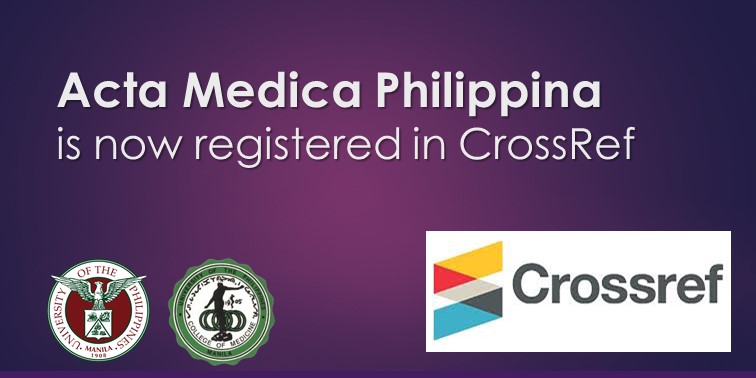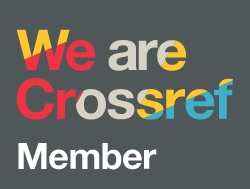Cost-Effectiveness Analysis of Oral Health Care Package of Services within a Comprehensive PhilHealth Benefit Package
DOI:
https://doi.org/10.47895/amp.v59i14.9619Keywords:
oral health, insurance, cost-effectiveness analysisAbstract
Background and Objective. The burden of oral diseases is high in the Philippines. The global burden of disease study in 2019 estimated that 44 million Filipinos are affected by oral disorder. More specifically, 29 million Filipinos have untreated dental caries. Outpatients' dental health services are not covered by PhilHealth benefit package. There is a need to include key oral health interventions such as basic prevention and treatment in PhilHealth benefit package to be delivered at the primary health care settings (WHO TSA 153980). The study aimed to determine the incremental cost-effectiveness ratio (ICER) of a set of oral health care services to be delivered at different levels of health care within a comprehensive PhilHealth benefit package.
Methods. This study evaluates the cost-effectiveness of including basic oral health services in the PhilHealth benefit package using a Markov modelling approach. The target population consists of Filipino adults and children at risk for dental diseases who are potential beneficiaries of PhilHealth. The intervention under consideration includes dental consultation, oral prophylaxis, topical fluoride application, silver diamine fluoride application, dental filling, and tooth extraction. The comparator is the current standard of care, which involves out-of-pocket payments for oral health services or limited access to subsidized dental care. The primary outcomes assessed include the incremental costeffectiveness ratio (ICER) per quality-adjusted life year (QALY) gained. A Markov model was constructed with a time horizon of 50 years to simulate the lifespan of Filipinos up to the average life expectancy of 70 years old, using a cycle length of one year to reflect disease progression and treatment effects overtime. Model parameters were derived from literature and expert opinion. Sensitivity analyses, including one-way and probabilistic sensitivity analyses, were conducted to assess uncertainty in model inputs. The analysis was carried out from a societal perspective incorporating direct medical and non-medical costs, and indirect costs.
Results. A Markov model showed that a subsidized package is a cost-effective approach compared to the current situation of no subsidy, with an ICER of PhP 75,636 (1,535.76 USD) per disability adjusted life year (DALY) averted. The computed ICER was considered good value for money as it was below 2021 GDP per capita of the Philippines of PhP 174,286 (3,538.80 USD). One-way sensitivity analysis showed that the cost of preventive treatment had the most significant impact on the model, and a price threshold of greater than PhP 3,062 (62.17 USD) for preventive treatment will render the subsidized package no longer cost-effective. The budget impact analysis showed a 1.63% increase in budget annually with the current situation of no subsidy. Rolling out a subsidized oral health package will entail a significant increase in government expenses during the first year but a decreasing trend of 1-2% annually for the following years as the program takes its effect.
Conclusion. A subsidized oral health package is a costeffective approach from a societal perspective. It will entail a significant increase in government expenditure during the start of its roll out but will eventually result in a decreasing trend of expenses as the years progress.
Downloads
Published
Issue
Section
License
Copyright (c) 2025 Acta Medica Philippina

This work is licensed under a Creative Commons Attribution-NonCommercial-NoDerivatives 4.0 International License.




.jpg)



